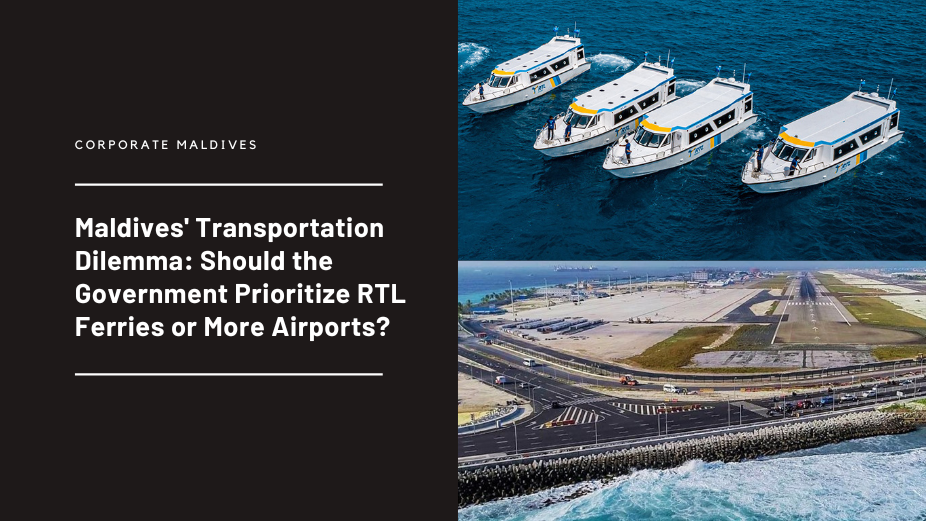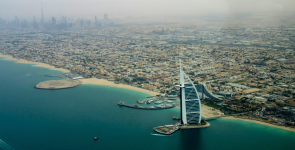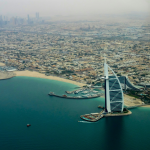Connecting rural populations in isolated areas with a reliable transportation system is crucial for the development of a country. However, the implementation of transportation systems has been a challenge for governments due to their high cost and lack of success.
President Nasheed’s Tenure: The Ferry System
During the presidency of former Maldivian leader Maumoon Abdul Gayoom, there was little emphasis on the development of the country’s transportation system, resulting in isolation for the people. However, when President Mohamed Nasheed came to power under the new constitution, he brought with him a vision for progress. Nasheed recognized that the nation’s potential for growth lay in its citizens’ ability to transport goods and themselves from one island to another, including the smallest and most remote.
Although a transportation system was initiated during Nasheed’s tenure, it was executed through ineffective policies that some perceived as fraudulent and intended to benefit the president’s acquaintances. To establish the system, uninhabited islands and lands were leased; however, a modern and comprehensive transportation network has yet to materialize. While slow-speed ferries were used to some degree, within three years of the new government’s arrival, progress slowed and eventually ceased.
As a result, certain individuals profited from the land allocated for resorts in the name of transportation development, while the government paid out millions of rufiyaa in compensation to subsequent administrations. These issues remain unresolved for the companies involved.
Revamping Maldives’ Transportation: President Yameen’s Efforts to Connect Airports
President Abdulla Yameen’s administration sought to improve the country’s connectivity by focusing on air transportation in response to previous transportation issues. This strategy involved the construction of airports every twenty minutes, resulting in the establishment of several new airports during the five-year term.
Some provinces, such as Haa Dhaalu Atoll have multiple airports, with Hanimaadhoo’s airport being supplemented by the newly built Kulhudhuffushi airport, which was widely regarded as a politically motivated decision. This policy was continued by subsequent administrations, with further airports being initiated and completed.
The introduction of air travel has been widely welcomed by the population, as it provides a more efficient mode of transportation. However, this strategy is costly for the government, and the national airline is obliged to fly to each airport as part of government policy, while private airlines prioritize their profitability and do not fly to as many regional airports.
Despite the challenges, the new air travel policy has been largely successful, with the Maldives’ transportation system becoming more connected and efficient. However, the government must continue to balance the financial cost of these projects with the benefits they provide to the nation.
The Current Government’s Initiatives
The current government in Maldives has shifted its focus towards developing airports through the policy of providing islands for resort development, unlike the previous transportation system. While this policy has been successful in establishing airports, it has also led to concerns regarding the concentration of wealth and the burden placed on state-owned companies responsible for operating these airports.
However, the government has also demonstrated its commitment to exploring alternative modes of transportation. The state-owned company, MTCC, has made significant strides in this area by introducing high-speed launches and establishing modern ferry terminals in various islands.
These efforts have proven that airports are not the only solution for transportation, and the government’s investment in MTCC has brought about a significant revolution in this regard. Although there are challenges to be addressed, the current government’s approach demonstrates a willingness to pursue innovative solutions and modernize the transportation infrastructure in Maldives.
Should the Government Prioritize RTL Ferries or More Airports?
Some individuals believe that expanding the RTL ferry service is a better policy than building more airports in the Maldives. They argue that the government should prioritize connecting the islands of the provinces with modern RTL services instead of building additional airports for political purposes.
For instance, there is no need to build two more airports in Raa Atoll, where there is already one airport in the province. Instead, expanding the RTL service would benefit the residents more. However, the government must consider the demand for airports before constructing them. In some areas, airports are being developed without enough passengers to make them profitable for airlines. Therefore, the government must consider the economic burden on the state when choosing between constructing airports or expanding the RTL ferry system.



















